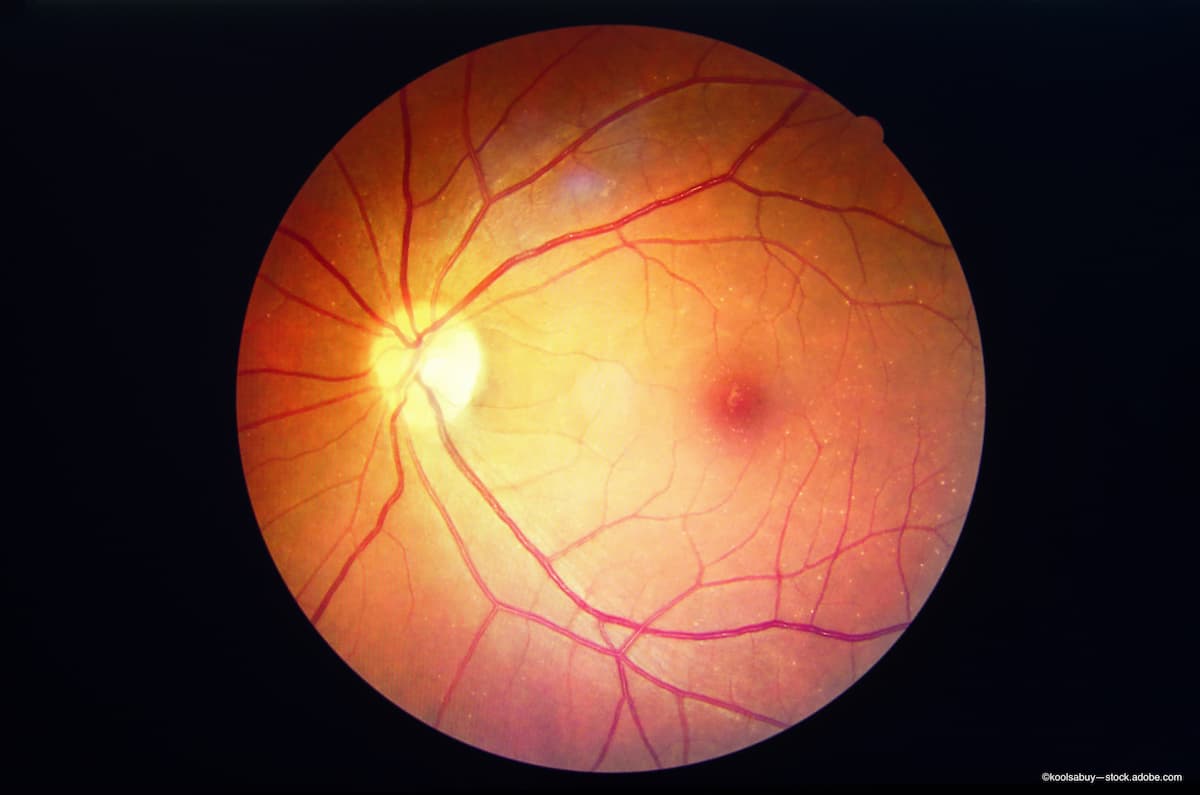This week in retina: October 29-November 3
An end-of-week review of retina news and stories from October 29-November 3, 2022.

Check out what Modern Retina™ shared this week:
Retina news
RGX-314 earns positive interim data in Phase 2 ALTITUDE trial for diabetic retinopathy
REGENXBIO announced additional positive interim data from the ongoing Phase II ALTITUDE trial of RGX-314 for the treatment of diabetic retinopathy (DR) without center-involved diabetic macular edema (CI-DME) using in-office suprachoroidal delivery.
The data were presented at the 55th Annual Retina Society meeting in Pasadena, California, by Lejla Vajzovic, MD, FASRS, an associate professor of Ophthalmology and Director of Duke Vitreoretinal Fellowship Program, Vitreoretinal Surgery and Disease, Department of Ophthalmology, Duke University School of Medicine.
According to a news release, RGX-314, being developed in collaboration with AbbVie, is being investigated as a potential one-time treatment for wet AMD, diabetic retinopathy, and other chronic retinal conditions.
Genentech, a member of the Roche Group, this week announced positive topline results from two global Phase III studies, BALATON and COMINO, evaluating the first and only bispecific antibody for the eye, faricimab-svoa (Vabysmo), in macular edema due to branch and central retinal vein occlusion (BRVO and CRVO). RVO is a vision-threatening condition that impacts more than 1 million people in the United States.
Both studies met their primary endpoints, showing that people with macular edema due to BRVO and CRVO receiving faricimab-svoa injections every four weeks, for up to 24 weeks, achieved non-inferior visual acuity gains compared to those receiving aflibercept injections every four weeks.
“These encouraging data demonstrate that Vabysmo could potentially provide a new treatment option for people living with retinal vein occlusion, a serious retinal vascular condition that can lead to irreversible vision impairment or vision loss,” said Levi Garraway, MD, PhD, chief medical officer and head of Global Product Development. “Today’s results add to the extensive evidence supporting Vabysmo’s efficacy in treating multiple types of retinal conditions. We look forward to submitting these data to regulatory authorities.”
Sailing study and extension study: Superiority of conbercept over laser in DME
Chinese and US researchers led by first authors Kun Liu, MD, and Hanying Wang, MD, reported that as-needed intravitreal injections of conbercept (KH902, Chengdu Kanghong Biotech Co.) resulted in improved best-corrected visual acuity (BCVA) in patients with diabetic macular edema (DME) and was superior to results achieved with laser photocoagulation.1
Liu and Wang are from the Department of Ophthalmology (aka National Clinical Research Center for Eye Diseases), Shanghai General Hospital, and the School of Medicine, Shanghai Jiao Tong University, Shanghai, China.
The Sailing study was a 12-month, 18-center, randomized, double-masked, double-sham, parallel-controlled, phase 3 trial that was conducted in China and included eyes with center-involved DME that were randomly assigned to undergo either laser photocoagulation followed by as-needed sham intravitreal injections or sham laser photocoagulation followed by as-needed 0.5 mg intravitreal injections of conbercept.
NIH discovery uncovers essential step to recharging the retina
Investigators have uncovered a mechanism by which an area of a protein shape-shifts to convert vitamin A into a form usable by the eye’s light-sensing photoreceptor cells.
According to a news release from the National Institutes of Health (NIH), a previously uncharacterized area of the protein known as RPE65 spontaneously turns spiral-shaped when it encounters intracellular membranes, or thin structures that surround different parts of a cell.
The NIH noted in the release that this shapeshifting enables RPE65 to enter the endoplasmic reticulum – a network of sac-like structures and tubes – where RPE65 performs the crucial task of vitamin A conversion.
Timing is everything with early treatment of AMD
Japanese researchers, led by Risa Aichi, MD, and Norihiro Nagai, MD, found that eyes with age-related macular degeneration (AMD) with a relatively good initial best-corrected visual acuity (BCVA) and no fibrovascular pigment epithelial detachment (PED) achieved sustained or improved BCVA after anti-vascular endothelial growth factor (VEGF) therapy within 3 years of follow-up in a real-world setting.1 Drs. Aichi and Nagai are from the Department of Ophthalmology, St. Luke’s International Hospital, Tokyo.
These researchers retrospectively reviewed the medical charts of 104 eyes (104 patients) with AMD that were treated with anti-VEGF drugs and followed for 12 to 36 months.
The age-adjusted results showed that an initial BCVA < 0.3 logarithm of the minimum angle of resolution (logMAR) was a positive predictor (odds ratio [OR], 3.172; 95% confidence interval [CI], 1.029–9.783; P = 0.045) and the presence of a PED was a negative predictor (OR, 0.222; CI, 0.078–0.637; P = 0.005) of maintained/improved BCVA at the final visit.
Cataract surgery in RP patients yield marked improvements in BCVA
Xuan-Thanh-An Nguyen, MD, and colleagues reported that most patients with retinitis pigmentosa (RP) who underwent cataract surgery had significant improvements in the best-corrected visual acuity (BCVA). She is from the Department of Ophthalmology, Leiden University Medical Center, Leiden, The Netherlands.
In this retrospective, non-comparative clinical study, the investigators evaluated the preoperative, intraoperative, and postoperative data of the 225 study patients (295 eyes; mean patient age, 56.1 years) collected from several European centers.
Newsletter
Keep your retina practice on the forefront—subscribe for expert analysis and emerging trends in retinal disease management.